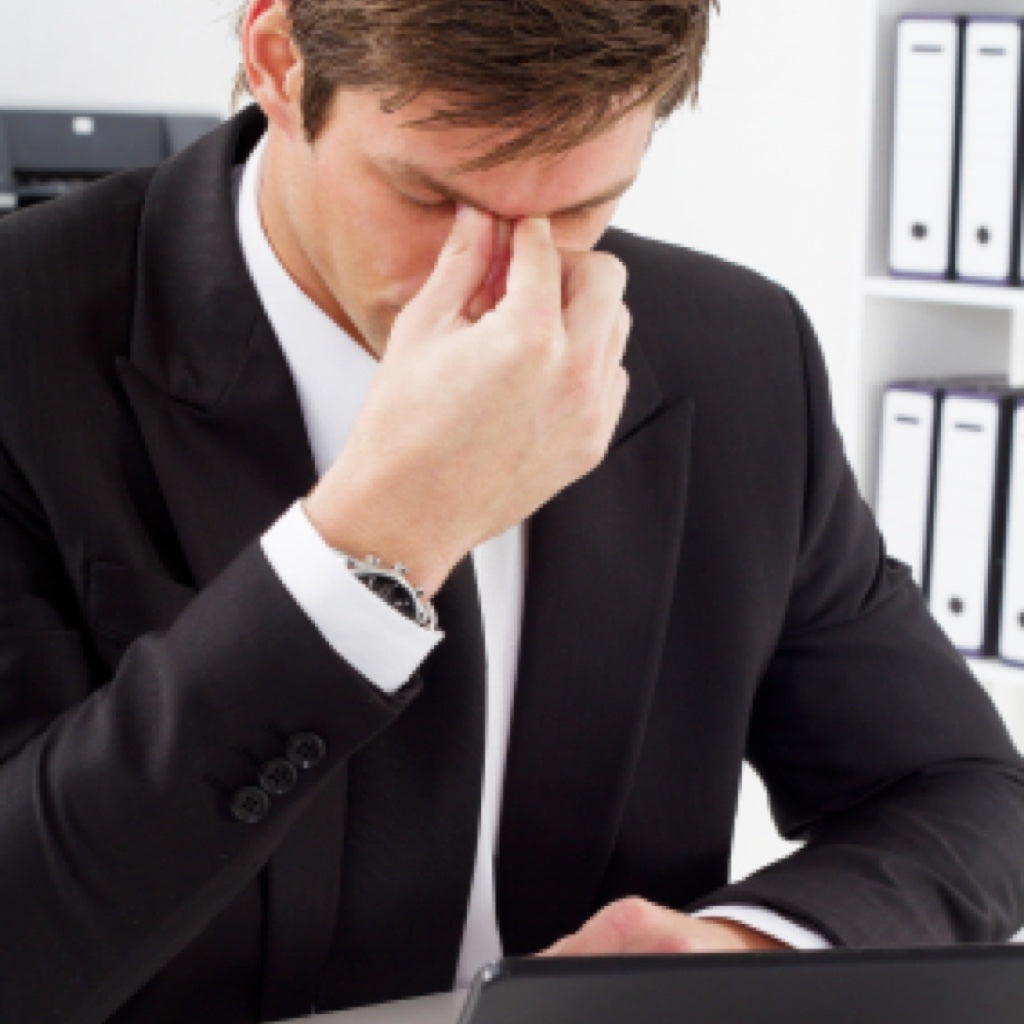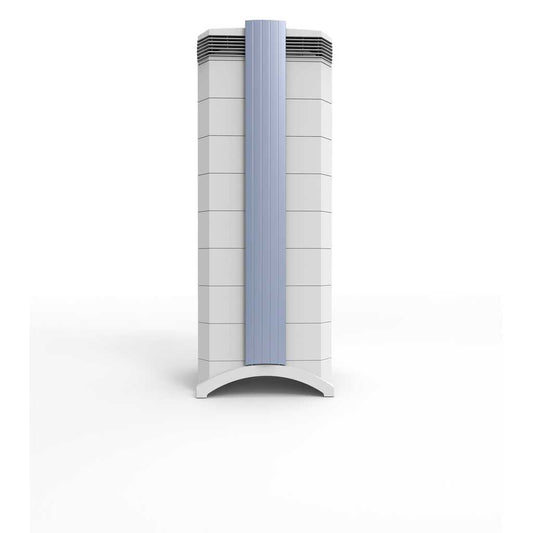
SBS (Sick Building Syndrome)
Sick building syndrome (SBS) refers to a collection of symptoms caused by poor air quality in the workplace environment. The World Health Organization says that up to 30 per cent of new or refurbished offices may be linked to SBS symptoms. Sick building syndrome can lead to increased staff absenteeism and staff turnover. Improving air quality in the office environment and, in particular, increasing the number of air exchanges, is the best approach to preventing and managing Sick building syndrome in employees. In the future, the 'green building' approach may help avoid Sick building syndrome altogether, by applying building principles that allow offices to be constructed with better ventilation and improved indoor air quality. Until then Sick building syndrome is a very real issue for the UK economy.




